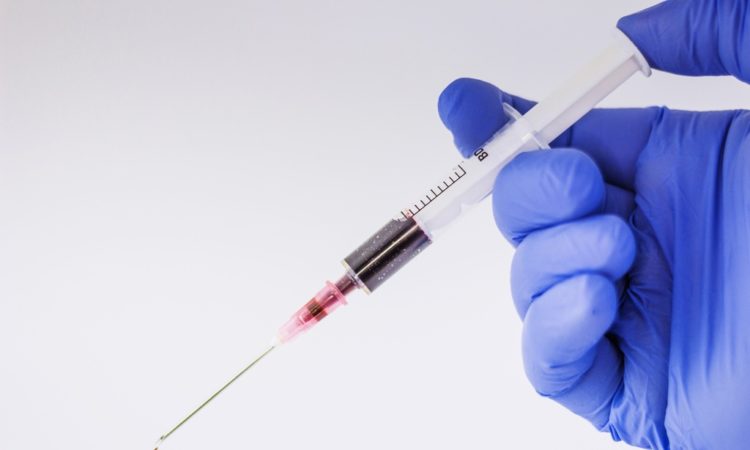
No one likes getting an injection. Still, you will get an injection from time to time in your life. For example, many of us have received one or even several vaccinations and boosters against coronavirus in the past two years. Some will be more nervous about this than others, but in general, most people will be able to handle an injection with a little bit of biting through. However, there is a group of people who have a real fear of injections. This phobia is called, with an expensive word, tripanophobia.
What is tripanophobia?
The group of people suffering from tripanophobia is not small. In fact, tripanophobia is among the most common phobias in the world. Tripanophobia is a pathological phobia of injections, syringes and hypodermic needles. As many as 15% of the world's inhabitants suffer from tripanophobia. Tripanophobia is different from iatrophobia, a fear of doctors, hospitals, examinations and treatments. However, these phobias often go together. Interestingly, relatively few people are diagnosed with tripanophobia in the United States and many in Russia. This is related to the thickness of the needle: Namely, thin needles are used in the U.S., while relatively thick needles are used in Russia.
So how does this manifest itself in practice? Many tripanophobes will be unable to control their behavior in a situation where they come into contact with injections. Some people faint at the sight of the needle, others will panic and run away. A person may also not even dare to enter the treatment room out of fear. So having tripanophobia is very annoying. In addition, this phobia can actually be dangerous. For example, some medications can only be administered by injection or infusion, and vaccinations are necessary to protect people from dangerous diseases.
The emergence of tripanophobia
Often the fear of injections develops in childhood. Factors that come into play in the emergence of tripanophobia are the parents' behavior, the child's character and temperament. For example, a parent who acts nervous when the child is vaccinated increases the likelihood of developing the phobia. Also, if a baby has a highly excitable nervous system, a lower pain threshold or heightened anxiety levels, he or she will be more susceptible to developing tripanophobia.
A child may also develop this fear as a result of, for example, books, stories or a movie in which injections are portrayed negatively. Finally, someone can also develop tripanophobia because of a negative personal experience. Here you can think of, for example, an injection that does not go well right away or complications that occurred during or after the injection.
Signs of tripanophobia
In general, most people will say that they do not like injections. However, this does not necessarily mean that they actually suffer from tripanophobia. In fact, someone who truly has tripanophobia will prefer to avoid the subject of injections. Indeed, even the thought of injections can make them feel anxious. Furthermore, within tripanophobia there is also a distinction to be made between the type of injection. Sometimes tripanophobes have a phobia of a specific procedure, for example, an injection into a vein. However, most tripanophobes have a fear of all types of injections.
A person with tripanophobia will try to avoid injections as much as possible. Sometimes a doctor will be able to take this into account by seeing if there is an alternative, such as pills. However, when an injection does become necessary, a tripanophobe will react to it by trembling and turning pale. Heart rate and respiratory rate will increase, and a person may vomit or faint.
Treatment of phobia
So can tripanophobia be treated? The answer to this question is, thankfully, yes. With some practice and the right attitude, a tripanophobe can train himself or herself to no longer be afraid of injections. In fact, he or she can make an appointment with the family doctor who can refer this person for psychiatric help. With a psychologist, a tripanophobe can undergo cognitive behavioral therapy. Here he or she learns to identify the causes of tripanophobia. Therapy may further consist of conversations, EMDR, visualizations and relaxation exercises.
Furthermore, a person with tripanophobia may be prescribed medication to calm him or her down. In general, anxiolytics and antidepressants are often prescribed to reduce anxiety symptoms. If one is especially afraid of fainting, beta-blockers may also help. This medication weakens the effects of various stress hormones. Finally, for some tripanophobes, it may also help to lie down in an effective position during an injection, namely lying down and/or with the legs raised.






